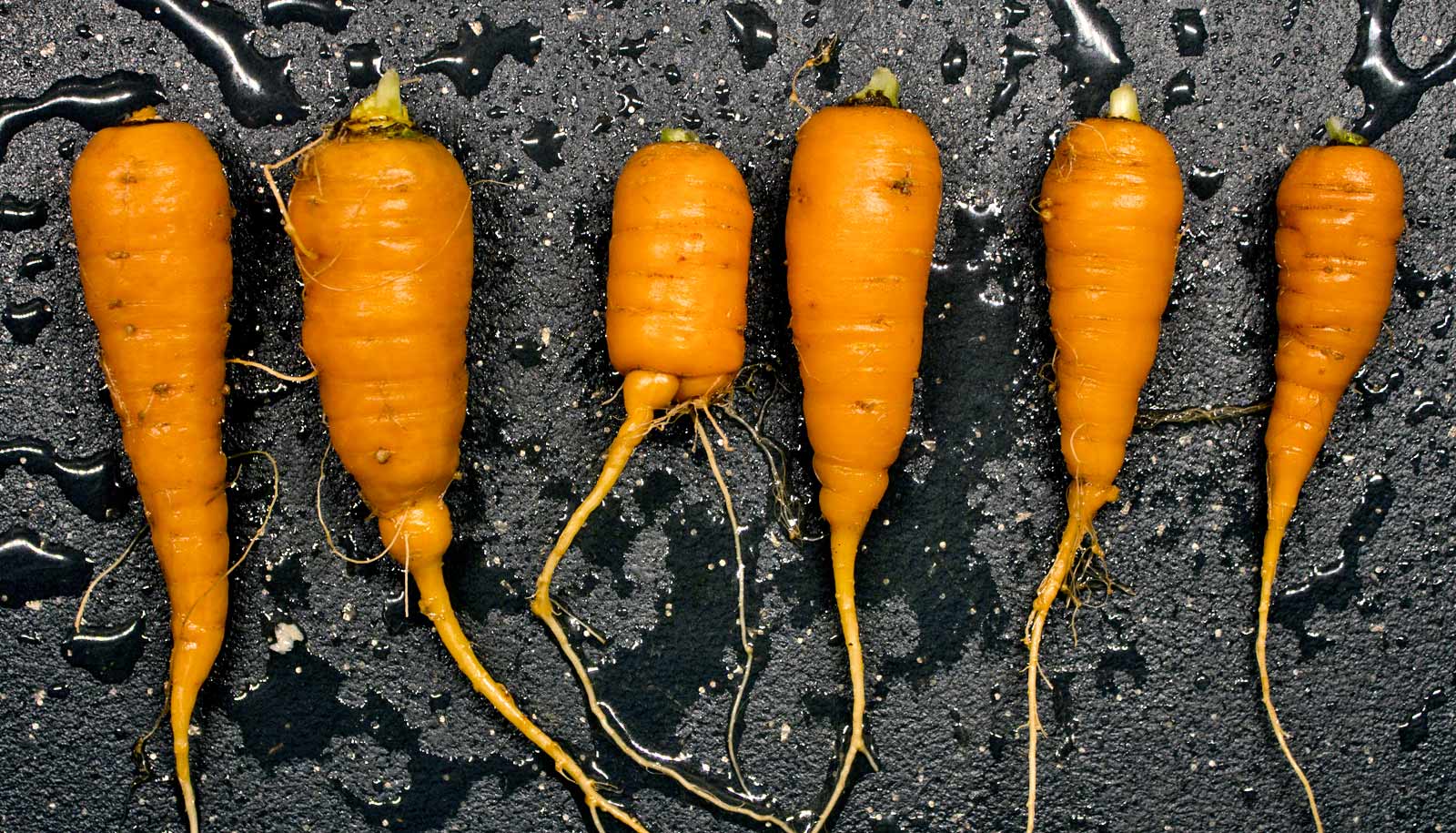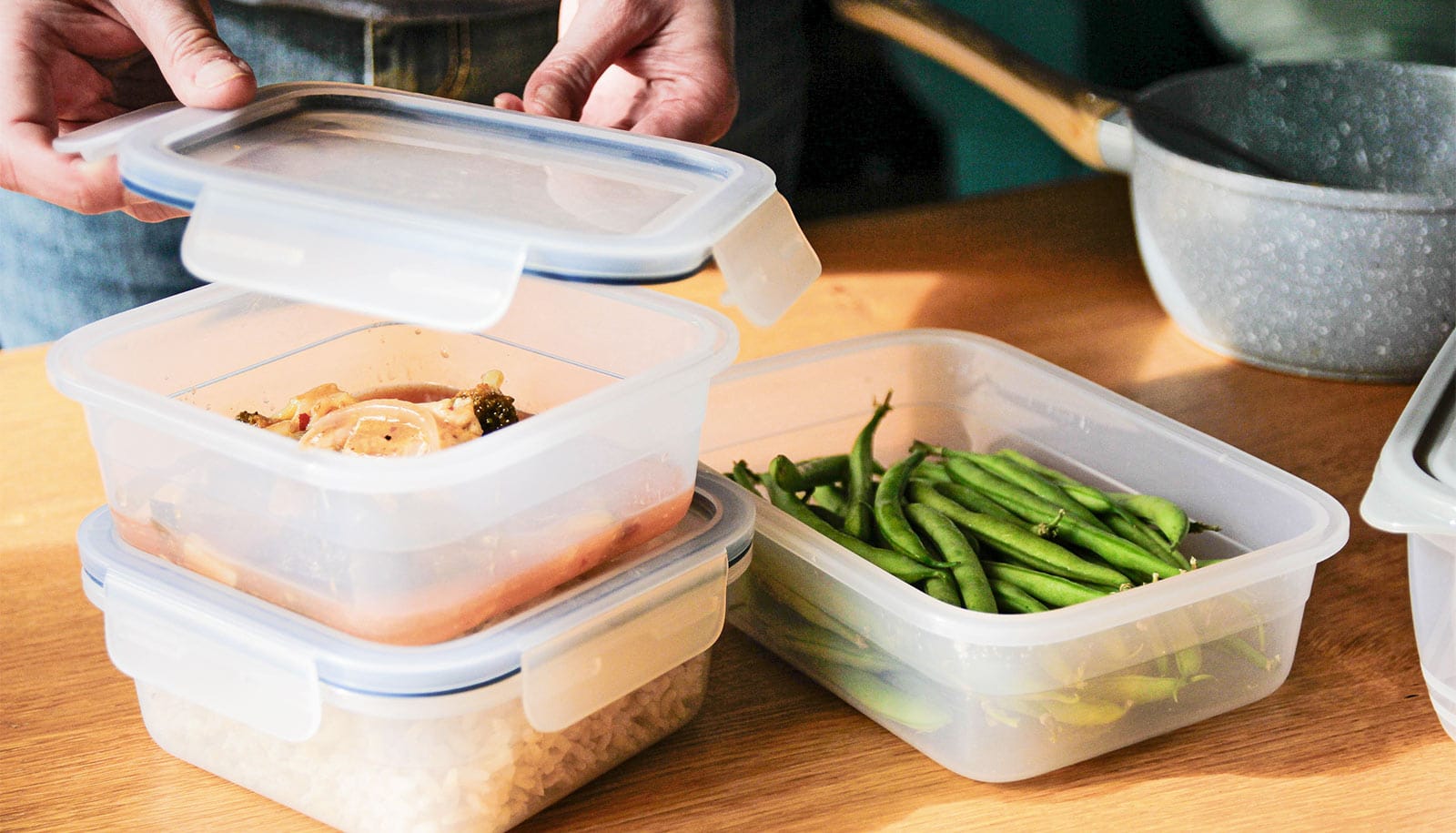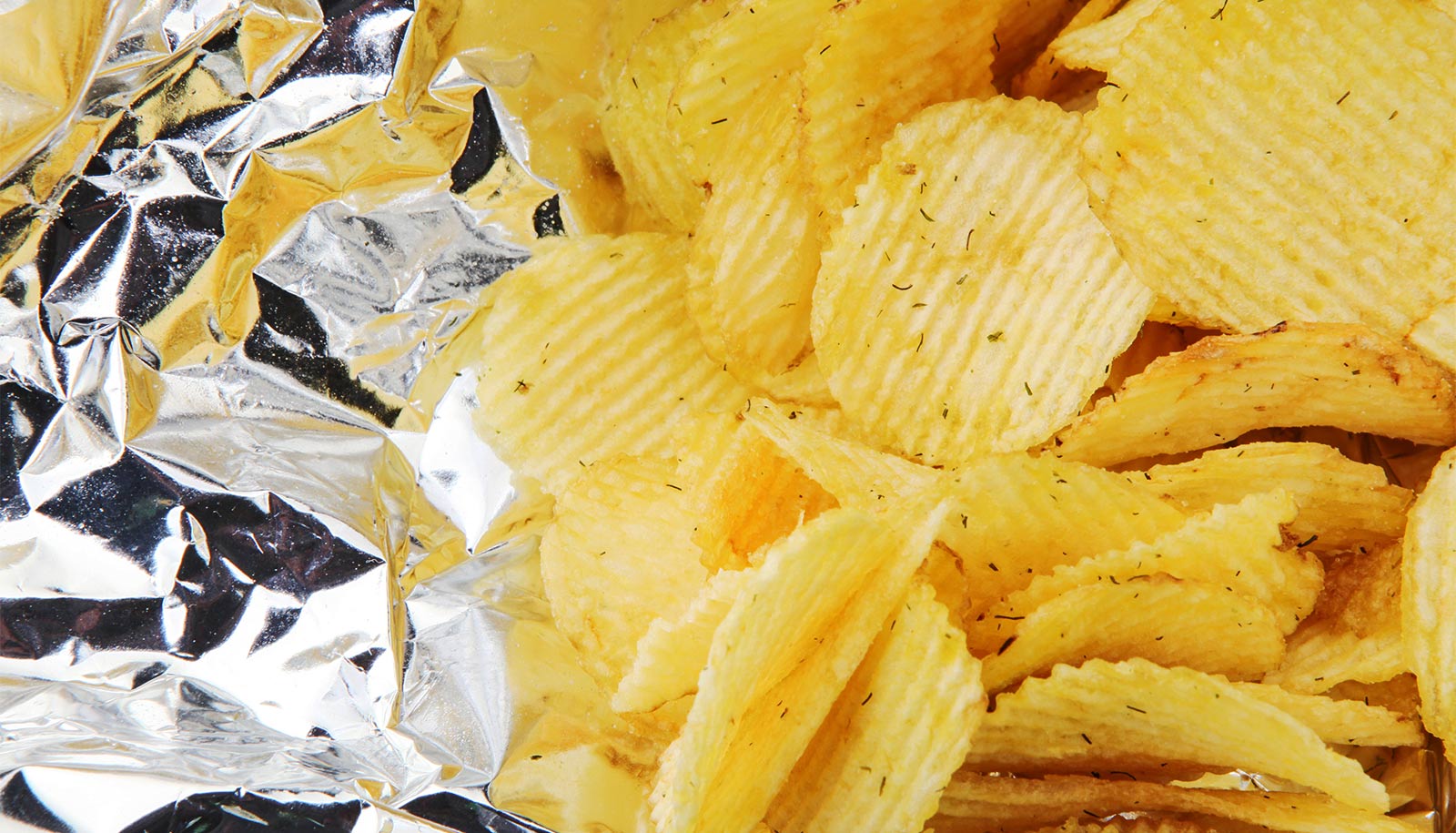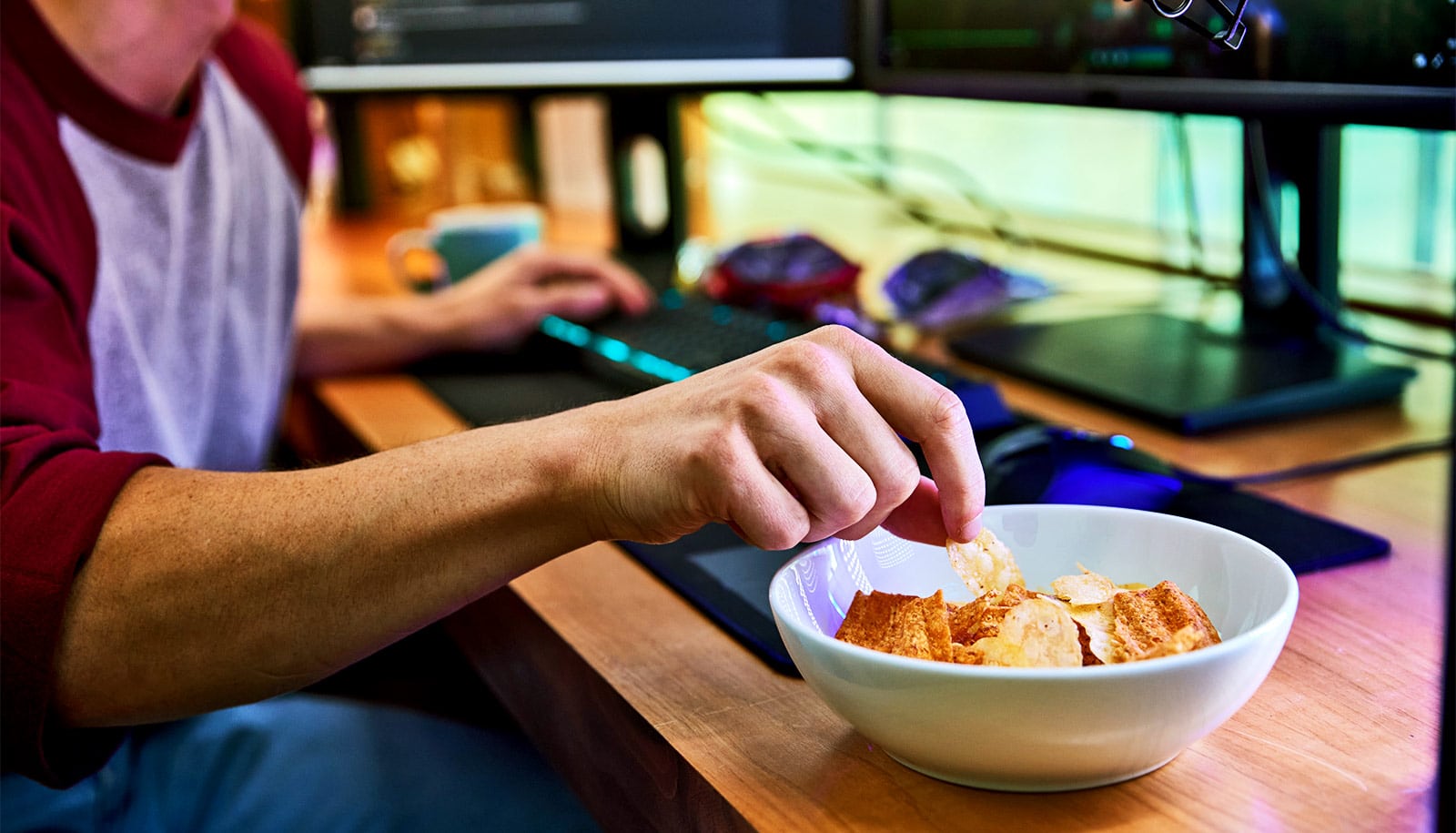To improve access to vegetables among urban apartment dwellers, engineering students have created an indoor, automated greenhouse.
“This allows them to grow fresh produce, everything from leafy greens to herbs to root vegetables,” says Harrison Lin, a member of the team from Rice University.
Växthus (Swedish for greenhouse) comes from the HSB Living Lab at Chalmers University of Technology in Gothenburg, Sweden. The lab is a residential community of 29 apartments for students and visiting researchers, all of whom are involved in finding solutions for more sustainable living. The Living Lab partnered with Rice on a previous project to develop a device to simplify composting at home.
The Rice students say their greenhouse project furthers that mission by enhancing city life.
The team worked at Rice’s Oshman Engineering Design Kitchen with guidance from Matthew Elliott, a lecturer in mechanical engineering, and Gary Woods, a professor in the practice of computer technology and electrical and computer engineering. The goal was to produce an efficient and attractive prototype small enough for an apartment. The result is a wood-paneled greenhouse with a clear acrylic front.
“I think we did really well, thinking about how it would feel as an outside user,” says team member Mike Hua. “We wanted to create a product that made the user interface easy.”
The greenhouse uses soil, as opposed to a hydroponic system. That allows users to grow a greater variety of vegetables, as hydroponic systems don’t have the space for the deep-root systems that vegetables like carrots require.
The fully automated Växthus design controls lighting and watering with a closed-loop system. Moisture, temperature, and humidity sensors collect data and send them to a touchscreen display, with on and off switches for water and light. When the soil is dry, the greenhouse releases water for the plants. When it senses that the soil’s moisture level is fine, it turns off. The team added manual controls so users can override the automatic functions.
Scientists grow sweet potatoes in Martian greenhouse
A pump system lets water drip from the ceiling to mimic rain and reclaims it from the drip tray below. “Any excess water will percolate through into the tank below,” says team member Jack Kaplan. That allows the device to recycle water.
During the design phase, the team grew kale and herbs, and now has carrots and radishes growing in the greenhouse.
The team is building two more of the devices and will ship them to Sweden, and in June it will install them at the Living Lab, where residents and researchers will continue testing the units, tweaking the automated system as necessary and growing different vegetables.
Source: Rice University



